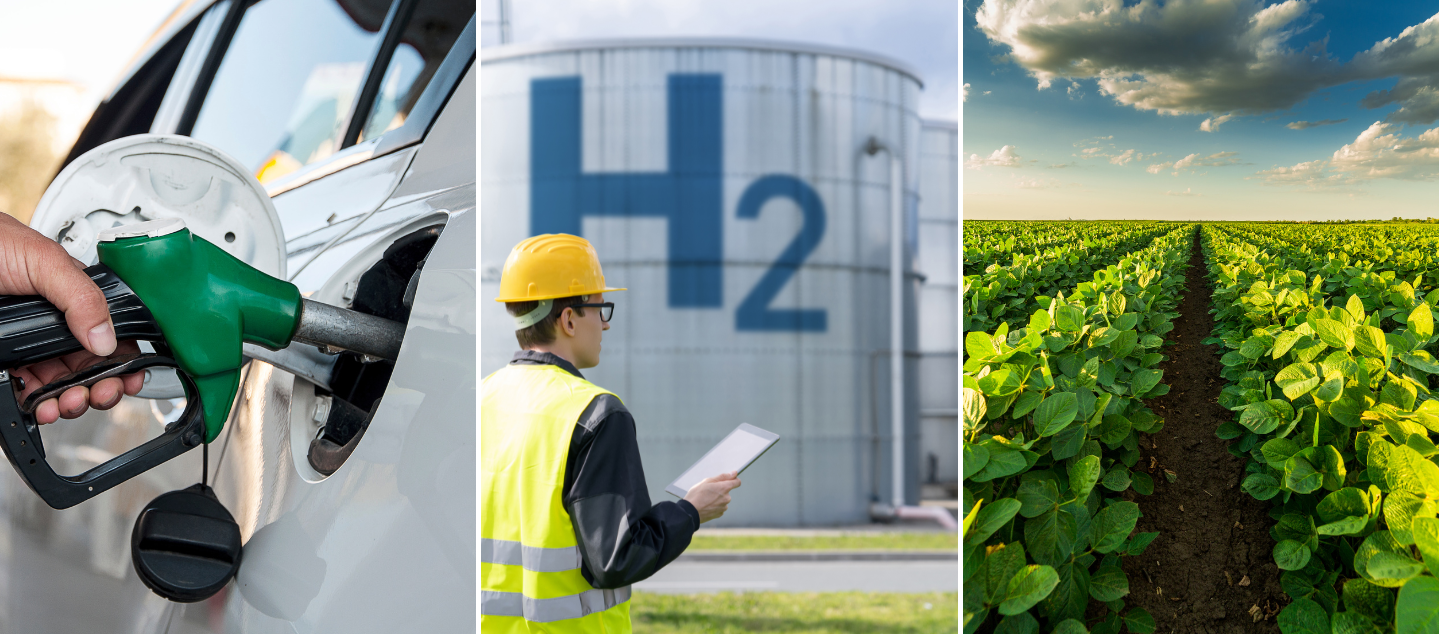What is Coal Gasification?
Coal gasification is a process that transforms coal into synthetic natural gas (SNG), which can be utilised for various purposes such as power generation, heating, and chemical production. This process offers several advantages over traditional coal combustion:
- Local air pollution caused by burning coal is reduced as the produced gas is purified before use.
- It facilitates the capture and utilisation of carbon dioxide (CO2) and other greenhouse gases emitted during the gasification process.
- Coal to Liquid (CTL) converts coal into liquid fuels like diesel or gasoline. CTL is primarily used in countries with abundant coal resources but lacking oil reserves, such as China and South Africa. CTL can also reduce dependence on oil imports and enhance a country’s energy security.
- Another application is to produce clean electricity in a system called Integrated Gasification in Combined Cycle (IGCC). IGCC is a more efficient and less polluting way of using coal and other fuels for electricity generation than conventional methods.
- Coal gasification can also produce hydrogen that can be used for various applications, such as transportation, electricity generation, industrial processes, and heating.
- The gaseous products of gasified coal can also be converted into ammonia, an essential product for fertiliser to grow crops.
How Does Coal Gasification Work?
Coal Gasification is a crucial thermo-chemical process utilising more efficient technology than traditional pulverised fuel (pf). Here’s how it works:
- Coal is fed into a high-temperature pressurised container with steam and a limited amount of oxygen to produce a gas.
- The resulting gas, known as synthesis gas or syngas, mainly consists of carbon monoxide and hydrogen. The gas is cooled, removing undesirable components such as carbon dioxide and sulfur.
- The gases can be further processed to produce synthetic methane or left as hydrogen.
- For IGCC applications, coal gasification has greater efficiency than conventional coal burning.
- The cleaned syngas can be burned in a conventional gas turbine to produce electrical energy. The hot exhaust gas is recovered to create steam, which drives a steam turbine to produce electricity – similar to a Combined Cycle Gas Turbine (CCGT). This is called an integrated gasification combined cycle (IGCC).
Case Studies and Projects
-
Indonesia
In 2022, Indonesian President Joko Widodo initiated the construction of a $2.3 billion coal gasification plant to reduce the country’s liquefied petroleum gas (LPG) imports and optimise its coal resources.
The plant is designed to use 6 million tonnes (Mt) of low-rank coal to produce 1.4 tonnes of dimethyl ether (DME) annually, reducing Indonesia’s LPG import by 1 Mt per year, according to state coal miner Bukit Asam (PTBA).
-
Japan
In Japan, the Nakoso IGCC plant began commercial operations in April 2021. The plant’s efficiency has been “substantially enhanced” to reach 48% net thermal efficiency on a lower heating value (LHV) basis.
The global average for CO2 emissions from coal-fired power plants is 0.90 kgCO2/kWh (38% efficiency) at the generator terminal; the IGCC aims to achieve emissions of 0.7 kgCO2/kWh with the added benefit of easier separation and capture of CO2 from the flue gas stream than a conventional pulverised fuel (PF) plant.
-
India
In October 2022, WCA Member Coal India Limited signed three separate MoUs with Bharat Heavy Electricals Limited (BHEL), Indian Oil Corporation Limited (IOCL), and GAIL (India) Limited to set up four large-scale coal gasification projects.
In addition, coal mining PSU NLC India also signed a memorandum of understanding (MoU) with BHEL for coal gasification-based plants.
The projects are expected to generate around 1200 personnel and indirect employment of over 20,000 persons.
The ministry has targeted to achieve 100 Mt of coal to be gasified by 2030.
-
United States
The US Department of Energy estimates that a coal gasification plant employing this process can achieve an efficiency of 50% or more, outperforming conventional coal power plants that typically hover around 30%.
